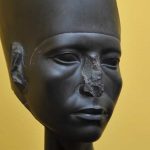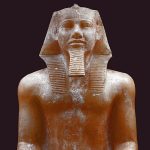Olmec
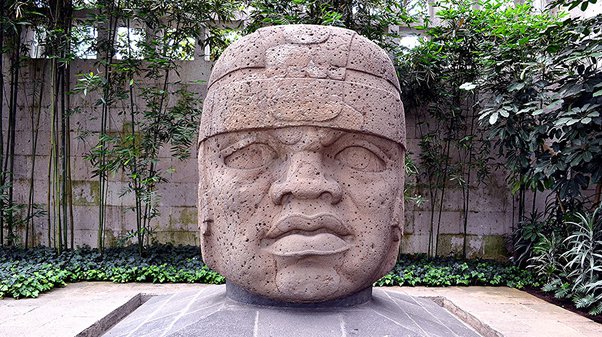
The Olmec civilization, often regarded as the “mother culture” of Mesoamerica, flourished along the Gulf Coast of present-day Mexico, primarily in the regions of Veracruz and Tabasco, between 1500 and 400 BC.
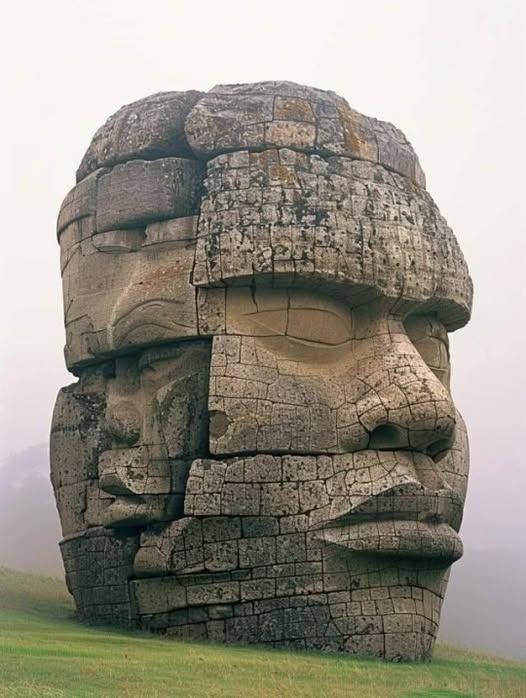
Renowned for their monumental colossal stone heads, intricate jade carvings, and early development of hieroglyphic writing and calendar systems, the Olmecs laid the cultural foundation for later civilizations such as the Maya and Aztec.
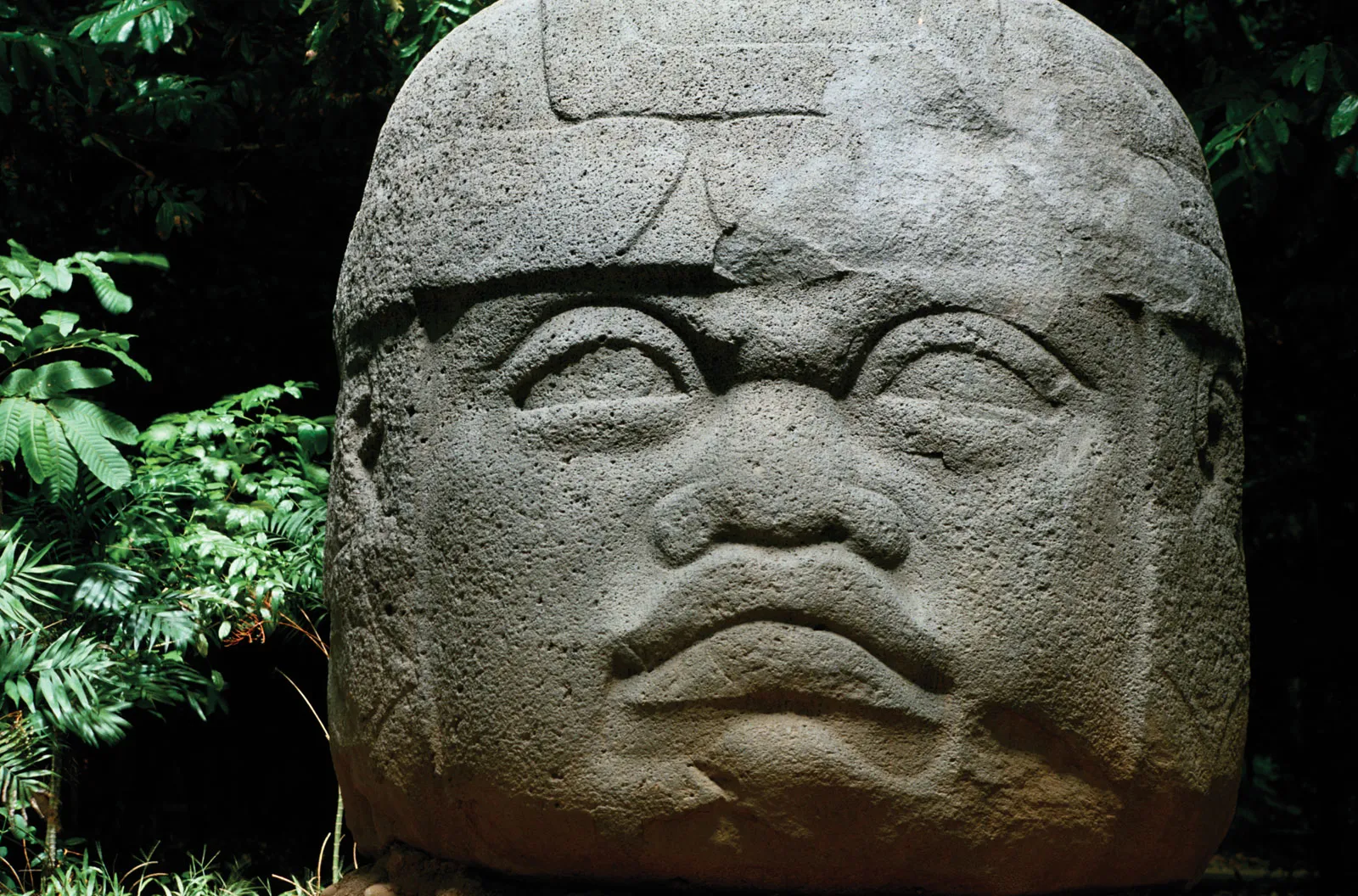
Their major ceremonial centers—San Lorenzo, La Venta, and Tres Zapotes—featured impressive earthen pyramids, plazas, and altars that reflected a complex social and religious hierarchy.

The Olmecs worshiped powerful deities connected to nature, fertility, and transformation, often represented through jaguar-human hybrid figures symbolizing divine power.
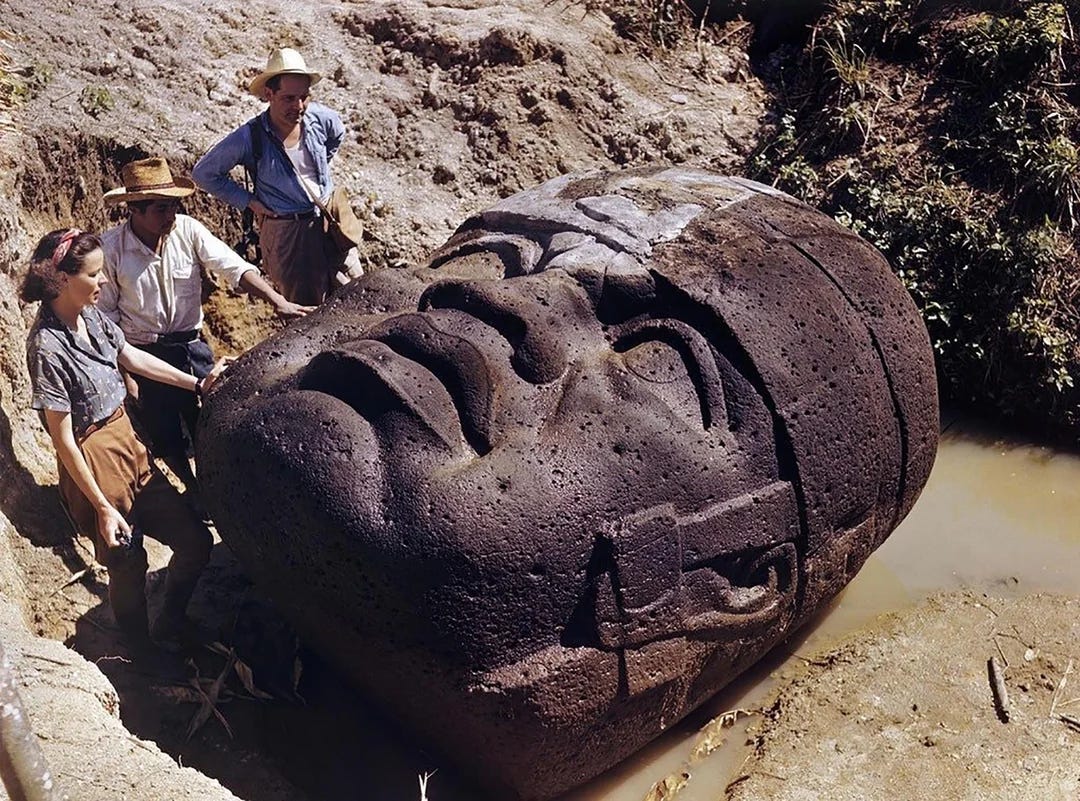
With advanced knowledge of astronomy, agriculture, and urban planning, the Olmec people established one of the earliest and most influential civilizations in the Americas, leaving an enduring legacy that shaped Mesoamerican culture for millennia.
